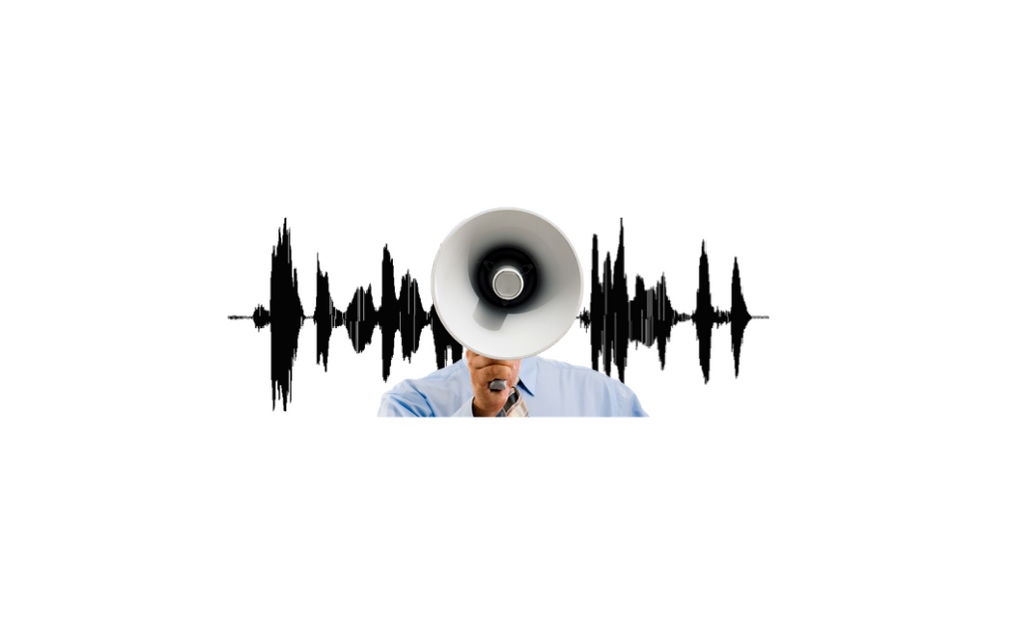While noise is a part of life, regular, prolonged, or unprotected exposure to loud sounds is hazardous. This article focusses on how you can measure noise, and we provide examples of some of the most popular, contemporary devices you can use to measure noise levels.
How to Measure Noise Levels
A decibel is a unit used to measure the intensity of a noise or sound. The most common instrument used for measure noise levels is a Noise Level Meter (also known as a sound level meter). In its most basic form, a noise level meter consists of a microphone, internal electronic components, and a display.
Noise meters function using the connected microphone to detect any air pressure variations associated with sound. The meter converts these variations into electrical signals and then a decibel reading, which displays on an LCD screen.
The variety of sound level meters ranges from budget-friendly meters suitable for use in general applications to devices designed for professional use. If you are searching for a noise meter, you will save a lot of time by first determining the Type or Class required for your needs. Noise level meters will fall into one of two categories; either Class/Type 1 and Class/Type 2.The below table sourced from the standard IEC 61672 sets out the different tolerance ranges permissible at different reference frequencies for each Class or Type.

What's the bottom line? A Class 1 (or Type 1) meter is more accurate than a Class 2 meter. A Class 2 meter will be satisfactory for assessing basic sound level in standard commercial, educational, recreational, industrial, or residential applications. Where precision is critical, such as in laboratory environments, a Class 1 meter is recommended.
Examples of Noise Level Meters
The Instrument Choice Scientists have selected a cross-sample of noise level meters to convey an idea of the types of products available and to reassure you that you will find a sound meter to suit any need or application.
 Handheld Digital Sound Level Meter
Handheld Digital Sound Level Meter
Product Code: C-DSM1
The C-DSM1 is a low-cost and compact digital sound level meter suitable for most commercial and industrial applications. The meter is capable of storing minimum and maximum readings, holding data on the screen, and is tremendously straightforward to use.
Class/Type: Class 2
Measurement Range: 30dB to 130dB
Video: How to Measure Sound Level on the C-DSM1 Handheld Digital Sound Level Meter
Type 1 Sound Level Meter and Data Logger (with Traceable Certificate & SD Card Included) 
Product Code: IC-SL4033SD
The IC-SL4033SD is a straightforward and innovative sound level meter suitable for lab work that utilises an SD card to store noise level results. After taking your reading with the meter, pull out the SD card and plug it into a computer to download your results as a .csv file.
Class/Type: Type 1
Measurement Range: 30dB to 130dB
 Precision Integrating Digital Sound Level Meter (Class 1)
Precision Integrating Digital Sound Level Meter (Class 1)
Product Code: CEL-620A1
The 62X series sound level meters use the latest digital technology to deliver standards of performance previously not seen in such a compact design. The manufacturer has designed the CEL-620A1 to ensure noise measurement taking is quick, accurate, and convenient. You will also appreciate the high-resolution colour TFT display.
Class/Type: Class 1
Measuring Range: 20 to 140dB
Conclusion
Noise level meters are powerful handheld tools capable of measuring the intensity of sound levels accurately and instantly. Instrument Choice stocks meters suited to all needs and applications.
Browse the full range here.
If you have any questions about the meters listed above or need help finding the most suitable noise level meter for your application, contact one of the Instrument Choice Scientists. We're here to help! Call 1300 737 871 or email customer-service@instrumentchoice.com.au.
Additional Information
For further information on Noise Level meters, including definitions and the difference between the classes, see the links below.
1. 26 Definitions You Need To Know When Purchasing a Sound Level Meter
2. What is the difference between Class 1 and Class 2 sound level meters?
3. How many Decibels is too loud?
